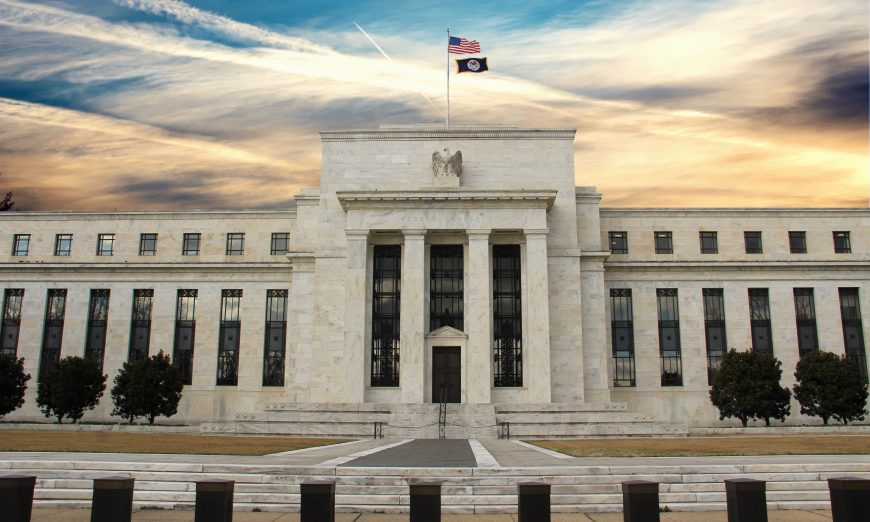Calling it a “textbook case of mismanagement” the U.S. government liberally spread out the blame for Silicon Valley Bank’s (SVB) failure. In a report released this morning by the Federal Reserve’s Board of Governors, investigators pointed the finger at SVB’s senior leadership, its board of directors and the Federal Reserve itself.
“SVB’s failure demonstrates that there are weaknesses in regulation and supervision that must be addressed. Regulatory standards for SVB were too low, the supervision of SVB did not work with sufficient force and urgency, and contagion from the firm’s failure posed systemic consequences not contemplated by the Federal Reserve’s tailoring framework,” Michael S. Barr, Vice Chair for Supervision at the Federal Reserve wrote in his summary letter.
The report said the Santa Clara-based bank’s senior leadership failed to manage basic interest rate and liquidity risk. Meanwhile, the bank’s board of directors failed to oversee senior leadership and “hold them accountable.” Higher up the chain, the Federal Reserve failed to take “forceful enough action.”
The investigation found that even when SVB identified vulnerabilities in the bank’s strategy, it failed to fix the problems quickly enough.
Barr also highlighted the roles social media, business connections and technology played in bringing the bank down so quickly. He said this may change banking forever.
“First, the combination of social media, a highly networked and concentrated depositor base, and technology may have fundamentally changed the speed of bank runs. Social media enabled depositors to instantly spread concerns about a bank run, and technology enabled immediate withdrawals of funding,” wrote Barr.
He called what happened a “contagion” which spread from one firm to another quickly.
Barr said the Federal Reserve is reviewing its capital framework and implementing Basel III endgame rules, which changes the formula for how much money a firm must hold onto to balance against risk exposures.
Other changes include multiple stress testing scenarios for banks and new rules for large banks.
Internally, the Federal Reserve is working on its supervisory framework “to improve the speed, force, and agility of supervision.” The Federal Reserve admits it did not fully appreciate the extent of the bank’s vulnerabilities” and that supervisors did not take sufficient steps to ensure the bank fixed the problems quickly.
The Federal Reserve also plans to create a stronger regulatory framework that includes a plan to “raise the baseline for resilience” and have “stronger standards apply to a broader set of firms.” SVB was seen as a smaller bank and may not have been held to the same standards as some of its larger counterparts. That is expected to change.
Federal Reserve Chair Jerome H. Powell agreed with the report’s assessment.
“I welcome this thorough and self-critical report on Federal Reserve supervision from Vice Chair Barr,” said Powell. “I agree with and support his recommendations to address our rules and supervisory practices, and I am confident they will lead to a stronger and more resilient banking system.”






